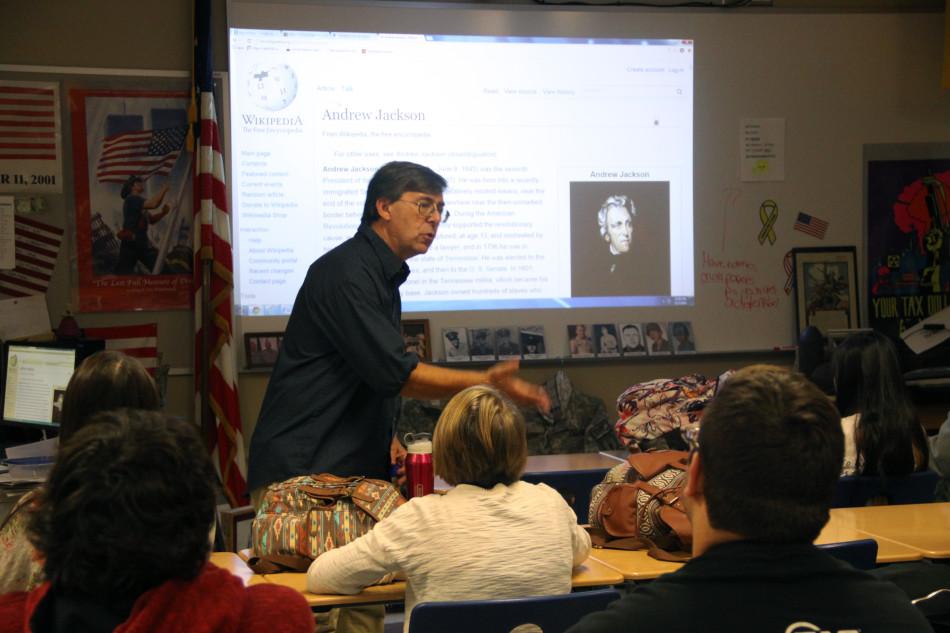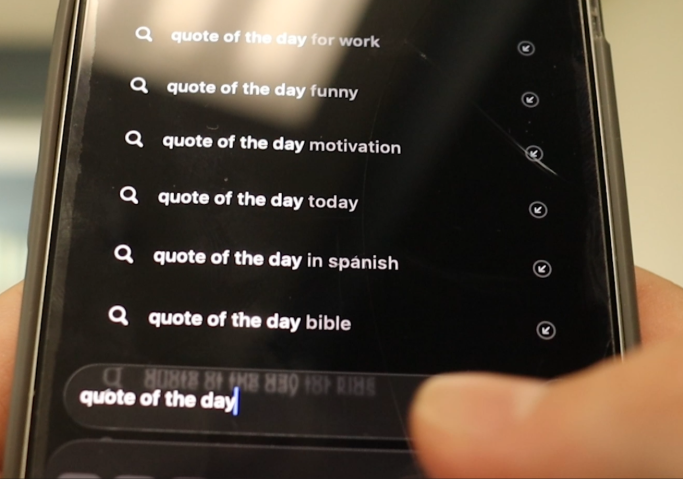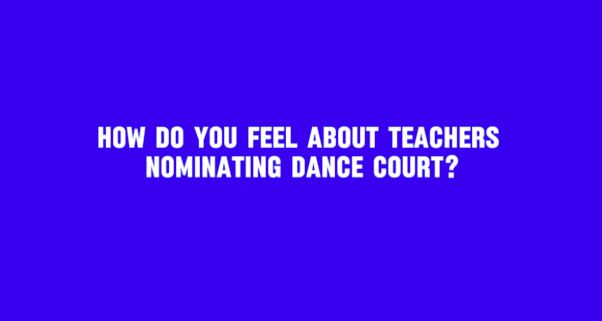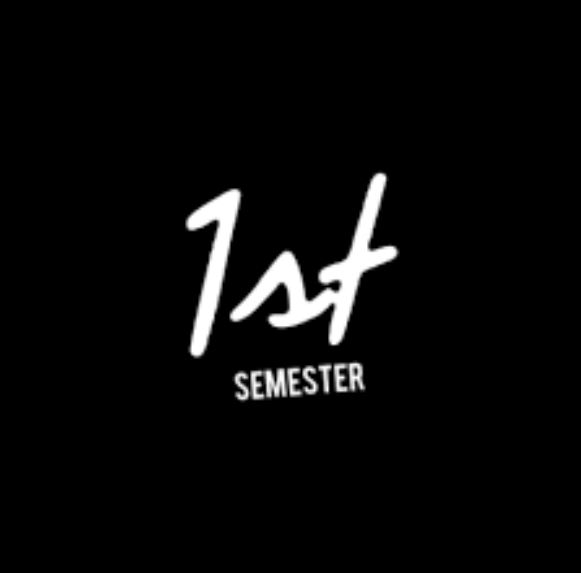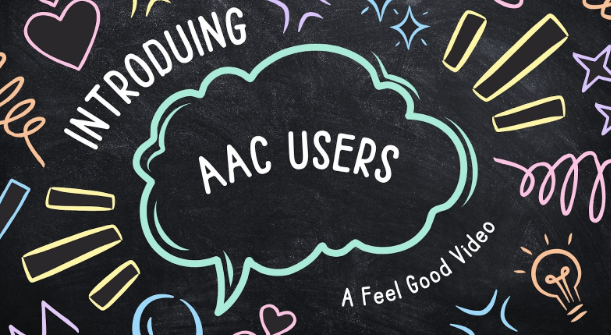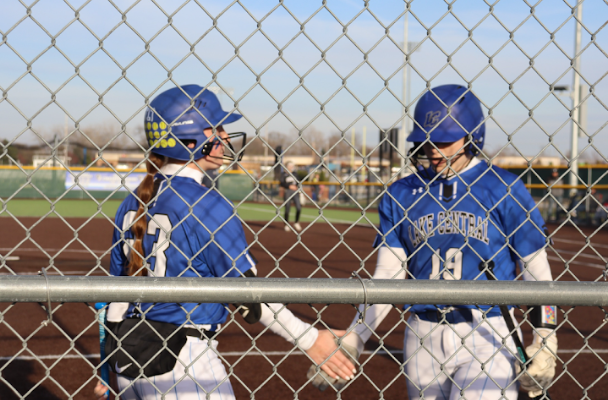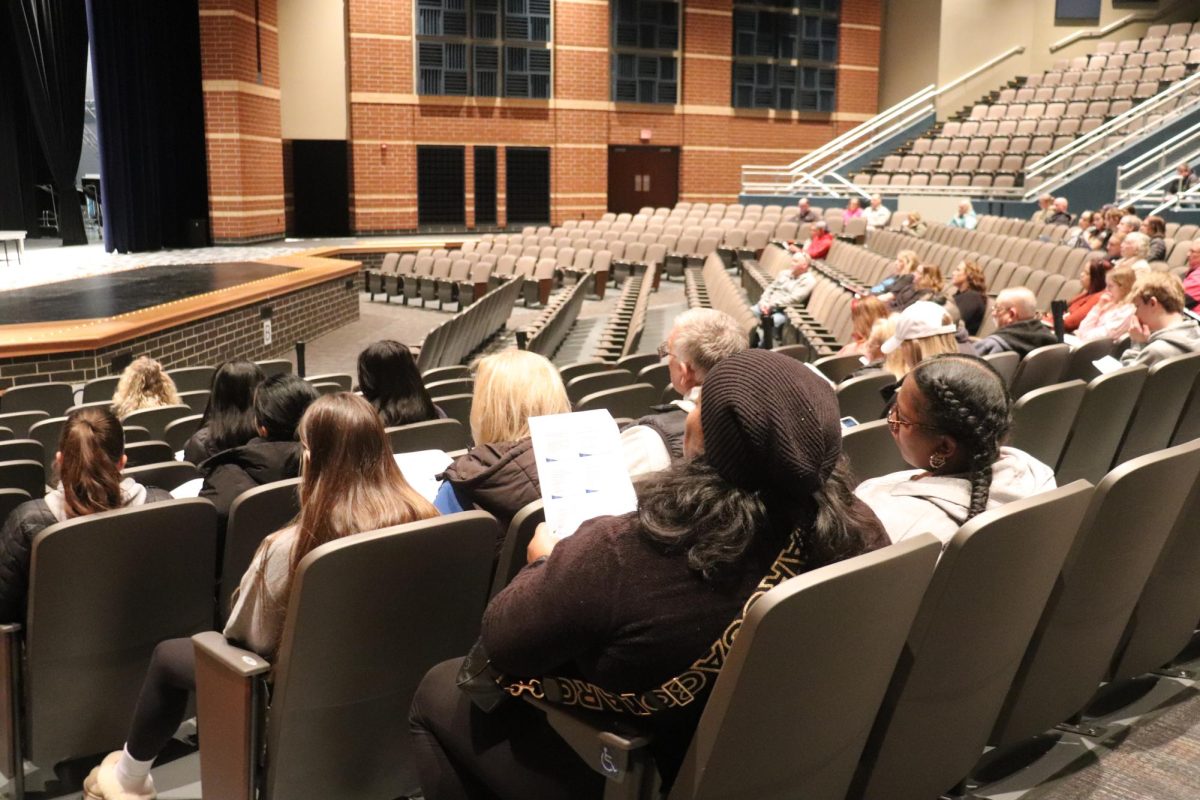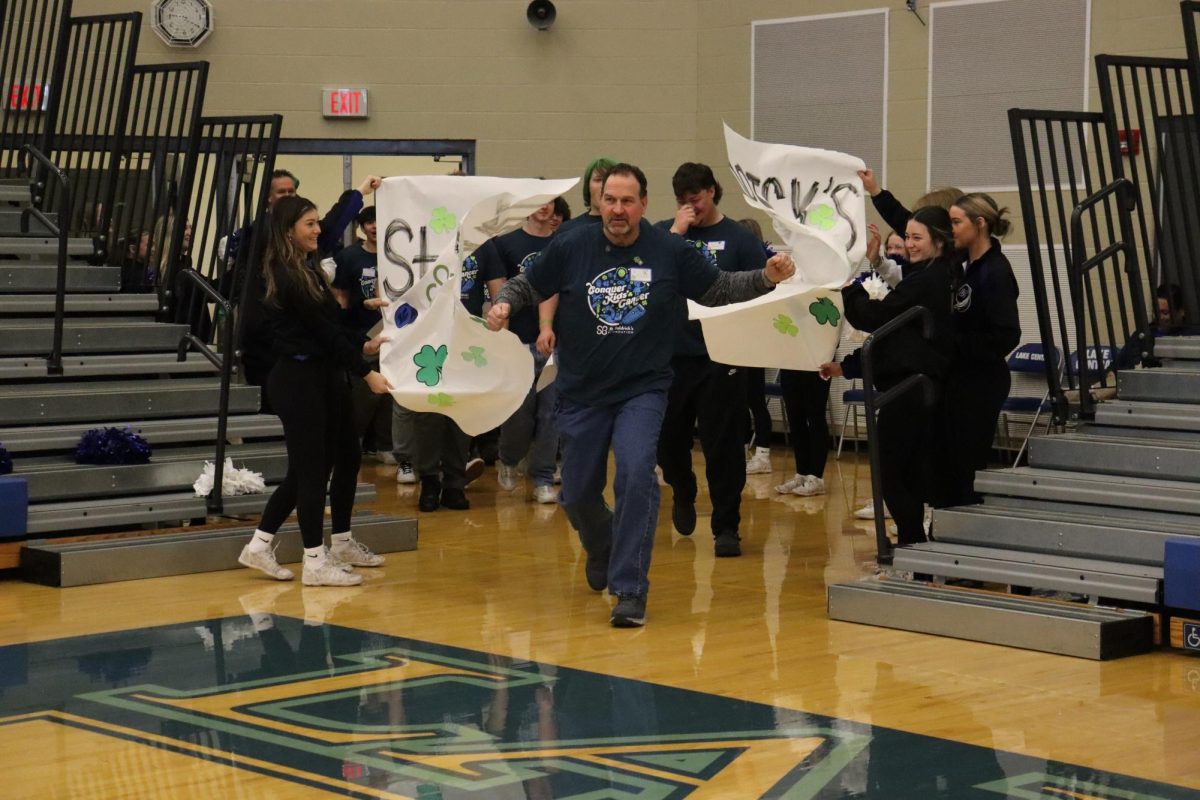Q: How long have you been teaching history?
A: “I’ve been at Lake Central for 33 years.”
Q: What is your favorite thing about teaching history?
A: “Students…seeing them grow and taking interest in history.”
Q: How long have your classes been working on Vietnam files?
A: “It’s been about thirty years.”
Q: How do you think working on the files impacts the students?
A: “I think it impacts them because instead of [the casualties of war] just being a number, it puts a face on those 58,000 tragedies. It’s not only that individual that died, but it shows how it touched the families — the moms, the dads, the brothers, the sisters — and how it’s touched them even to this day. That’s one reason why I do it, I want people to understand this is a tragic war, but also to this day, forty years later, [it] is still touching us.”
Q: How far have students gone to complete their assigned file in the past?
A: “I know I took some students over 100 miles from here to interview a family, but I did have one girl who went to Ireland. She went to Ireland and she emailed me and told me that she was going to get on a train across the country and go to stay with one of the Gold Star mothers. She had lost her son in Vietnam. The boy was Irish. He came to America, possibly couldn’t find a job, joined the military, went to Vietnam and was killed. [He] died for America and he wasn’t even American. So, we found her in Ireland and we had corresponded with her, of course, but then this girl took it upon herself after high school. She was over there as an exchange student. She went and stayed with the mom for three days and two nights and interviewed her.”
Q: What do you think motivates the students to complete their assigned files?
A: “I think what motivates some of them is getting points, but I think then some of them begin to understand that it’s real history. It’s real: it’s [the soldiers’] letters and what they went through and that they were so close to [the students’] ages, and they feel that these are individuals that need to be remembered.”
Q: How long have you been taking students to Europe?
A: “Since the 1990s I’ve been taking students to Europe. I’ve taken around 14 trips with students.”
Q: Where have you gone in the past? What were your favorite places?
A: “We’ve been to almost every country. We’ve been to Germany, and Austria, and Hungary, and the Czech-Republic, and Slovakia, and France, and Great Britain. This last year we went to Poland, and I think that was probably the most meaningful of all. We went to concentration camps. We went to Auschwitz, and that was really hard hitting, but we’ve been all over the place. We’ve been to the Alps and Switzerland, Italy and Greece.”
Q: How did the students react to the experience?
A: “That’s a great question because when they go, they are somewhat apprehensive. [They are] excited, but apprehensive about going, and then when they go there, it breaks down barriers of fear. They see Europeans in a different way that they’ve never seen them before, and I see students really, really grow in just a short period of time. We’ve done 15-day trips or 18-day trips, and they grow big time. In fact, what we’ve seen is 70 percent of the students that go over with us on trips have gone back over with universities after they get out of here, and what’s been great is that we’ve been able to break down those barriers of fear, and then they go over there as exchange students or they go to universities over [in Europe].”



